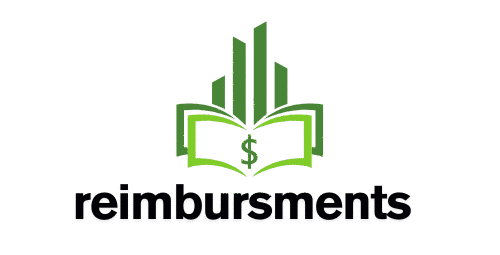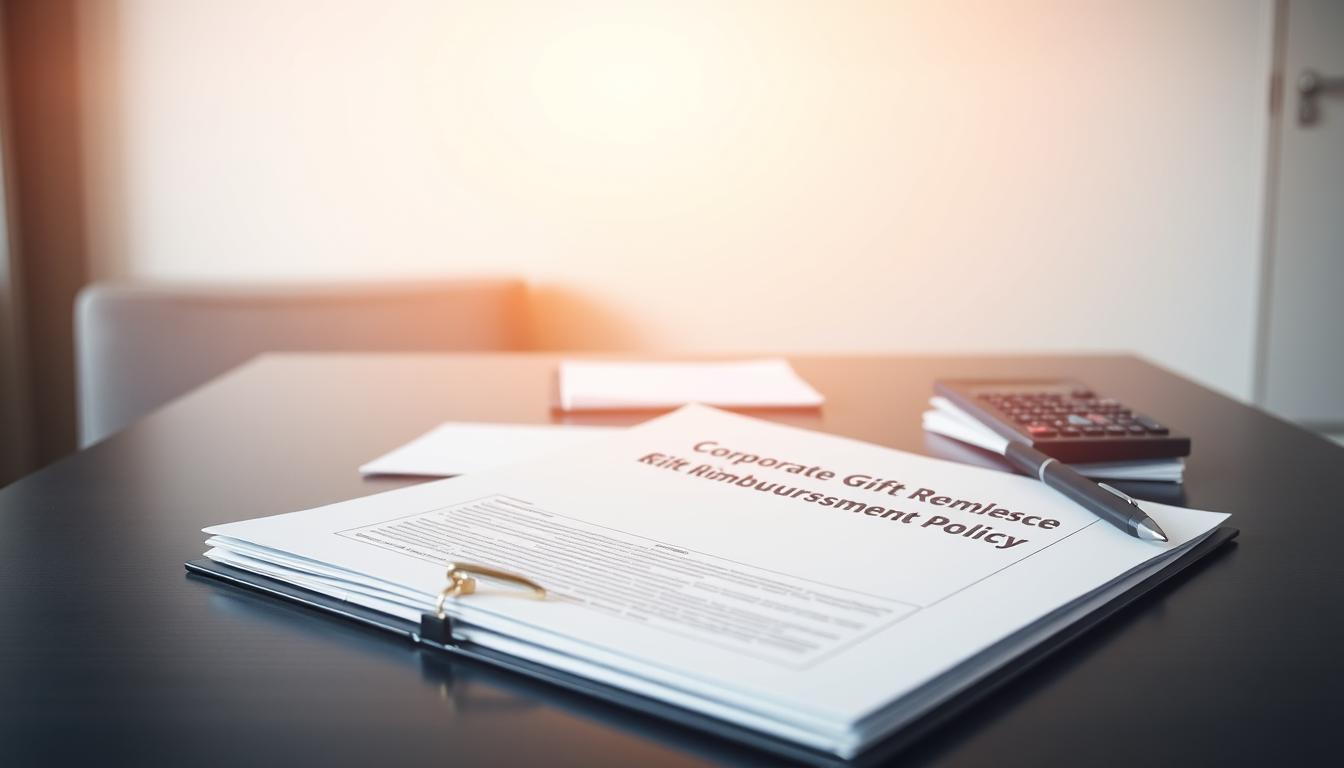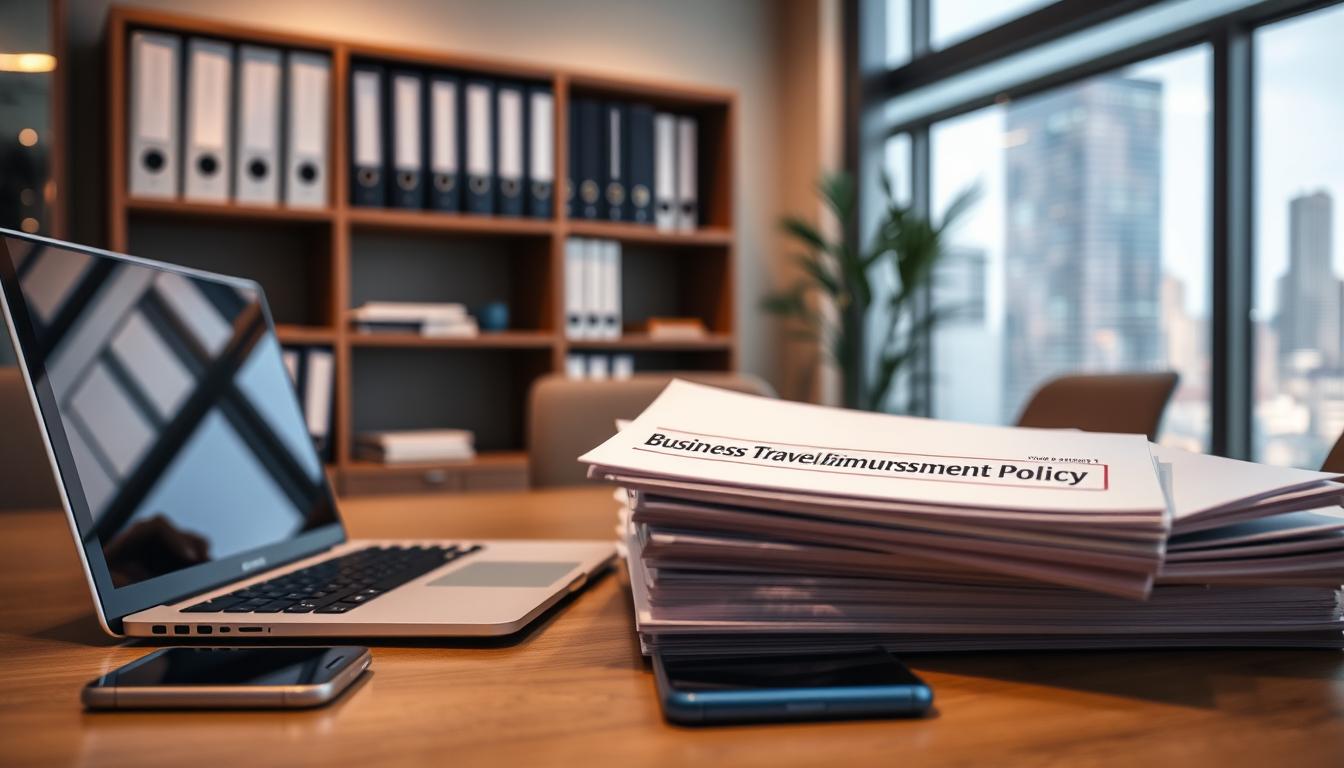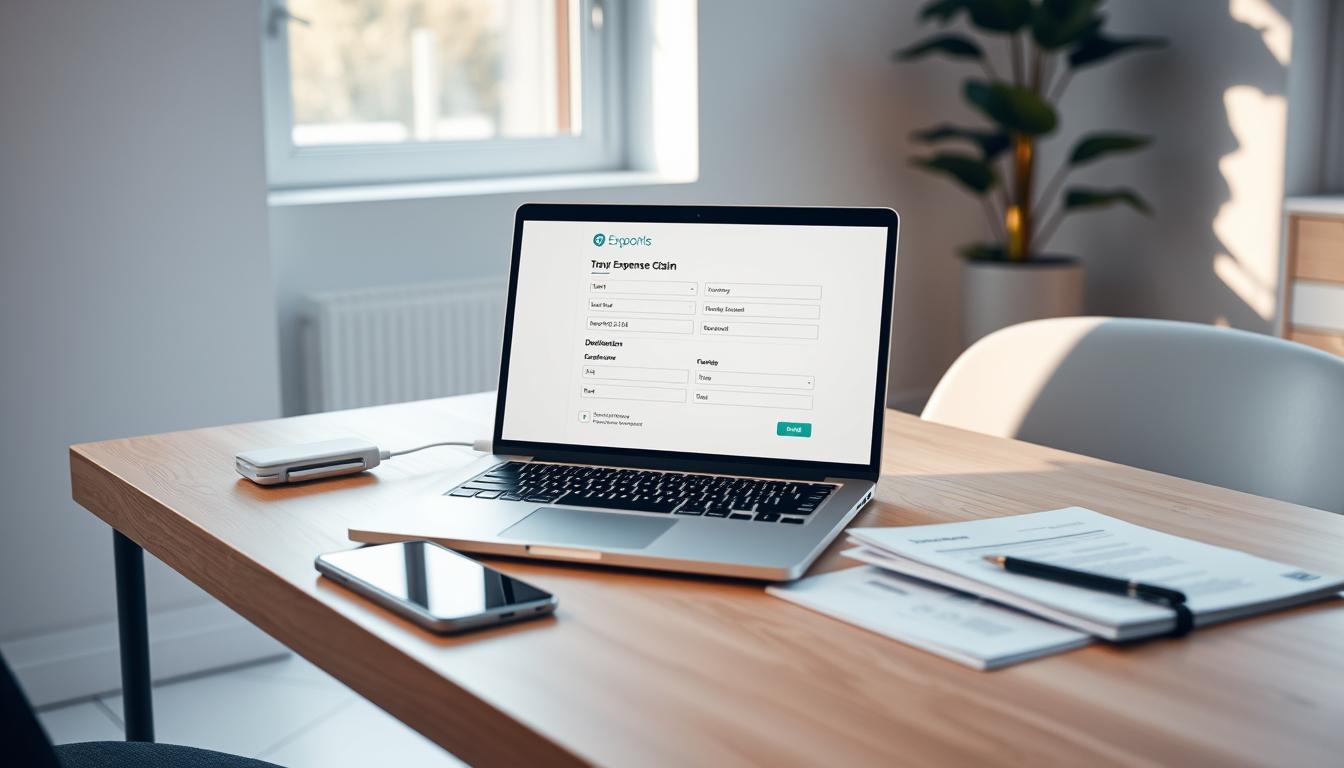Did you know that millions of American workers spend money out of pocket each year while carrying out their duties? It is essential to correctly claim these costs in order to guarantee that workers receive payment for their justifiable expenditures.
Although claiming business expenses can seem like a difficult undertaking, it can be made simple with the correct help. In order to ensure that you are compensated for your out-of-pocket expenses, we will guide you through the process of properly claiming your expenses in this post.
You will be prepared to manage your expense reports with assurance and guarantee that you receive payment for your justifiable expenditures by the end of this article.
Understanding Business Expense Reimbursement Policies
The first step to hassle-free reimbursements is becoming familiar with your company’s expense reimbursement policies. It’s critical to comprehend what constitutes a reimbursable business expense.
What Qualifies as a Reimbursable Business Expense
Generally speaking, a business expense that is authorized by the organization and required for business operations is reimbursable. Office supplies, client meals, and travel costs are a few examples.
Common Types of Business Expenses
Transportation expenses, lodging fees, and meal expenses related to business are typical business expenses that are frequently reimbursed. It’s critical to keep receipts for these costs.
Company-Specific Reimbursement Guidelines
Every business has its own rules regarding reimbursement. Reviewing your company’s policies is crucial if you want to know what is covered and how to properly submit your claims.
How to File Business Expense Reimbursement Properly
A number of essential procedures must be followed in order to properly file a business expense reimbursement in order to prevent delays or issues. Employees can guarantee that their expense claims are handled effectively and in compliance with their organization’s expense reimbursement policy by following these procedures.
Collecting and Organizing Receipts
Gathering and organizing all pertinent receipts is the first step in submitting a business expense reimbursement. Keeping track of receipts for meals, travel, and other expenses related to business is part of this. Every receipt must be readable and include all required details, including the date, amount, and reason for the purchase.
Categorizing Your Expenses Correctly
Correct expense classification is essential for precise reimbursement. Workers should classify their spending in accordance with the policies of their employer, which may include travel, food, and housing categories. Appropriate classification lowers the possibility of errors and streamlines the reimbursement procedure.
Completing the Expense Report Form
The next step is to accurately fill out the expense report form. This entails providing the necessary details on the form, such as the date, total, and category of each expense. To bolster their claims, workers should also include the relevant receipts.
Submitting Your Claim Through Proper Channels
Lastly, workers should follow their company’s expense reimbursement policy and submit their expense report via the appropriate channels. This could entail sending the report straight to the accounting department or to a supervisor.
| Step | Description | Importance |
|---|---|---|
| 1. Collecting Receipts | Gather all relevant receipts for business expenses. | High |
| 2. Categorizing Expenses | Correctly categorize expenses according to company guidelines. | High |
| 3. Completing the Expense Report | Accurately fill out the expense report form with required information. | High |
| 4. Submitting the Claim | Submit the expense report through the proper channels. | High |
Sample Formats and Templates for Expense Reports
Use our in-depth knowledge of different expense report formats and templates to streamline your financial reporting. Your expense reporting process’s accuracy and efficiency can be greatly improved by using the appropriate template.
Standard Paper Expense Report Template
A standard paper expense report template is a simple and useful tool for people who would rather use a more conventional method. Usually, these templates have sections for the date, amount, category, and description of the expense. It is easier to organize receipts and submit claims when a standardized format is used.
Digital Spreadsheet Formats
Spreadsheets in digital formats, like Google Sheets or Microsoft Excel, are user-friendly and flexible. They make it simple to classify expenses and enable automatic computations. Since digital formats improve accuracy and cut down on paperwork, many businesses favor them.
Mobile App-Based Expense Reporting
Software for expense reimbursement has grown in popularity as mobile technology has advanced. Employees can record receipts, monitor spending, and submit reports while on the go thanks to mobile apps.
Popular Expense Tracking Apps
- Expensify
- Concur
- Zoho Cost
Features to Look For in Reimbursement Software
| Feature | Description | Benefit |
|---|---|---|
| Receipt Scanning | Ability to capture receipts digitally | Reduces paper clutter |
| Automated Expense Tracking | Automatically records expenses | Saves time and reduces errors |
| Customizable Reports | Allows for tailored expense reports | Enhances flexibility and compliance |
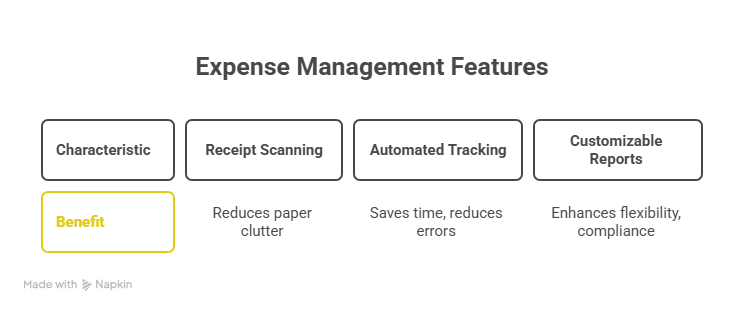
Businesses can improve the efficiency and reduce the likelihood of errors in their expense reporting process by utilizing these sample formats and templates. Your ability to manage your finances can be greatly impacted by your choice of expense reimbursement software.
Conclusion: Best Practices for Successful Reimbursements
Filing a business expense reimbursement successfully necessitates close attention to detail and a deep comprehension of your organization’s policies. You’ll have no trouble getting reimbursed for reasonable business expenses if you adhere to best practices.
Timely submission and accurate documentation are essential for a seamless reimbursement process. This helps to maintain an open and effective expense reimbursement process within your company in addition to guaranteeing that you are paid.
You can minimize errors and expedite the process by utilizing the appropriate tools, such as mobile apps for expense reporting or digital spreadsheet formats. As a result, you can be sure that your expense reimbursement will be handled promptly and effectively.
FAQ
What is the typical process for filing a business expense reimbursement?
Following your company’s expense reimbursement policy, the standard procedure entails gathering receipts, classifying expenses, filling out an expense report form, and submitting the claim via the appropriate channels—such as an online portal or to a designated individual.
How do I know if my expense is reimbursable under my company’s policy?
Examine your company’s reimbursement policies to see if an expense qualifies for reimbursement. These policies will list acceptable costs like travel, meals, and supplies. Make sure your expense falls into these categories and is appropriately recorded.
What documentation is required for a business expense reimbursement?
To support your claim, you will usually need to submit invoices or receipts for the costs you have incurred as well as a completed expense report form that lists the date, amount, and purpose of each expense.
Can I use expense reimbursement software to file my claims?
Indeed, a lot of businesses use expense reimbursement software, like Concur or Expensify, to expedite the reimbursement process and make it simpler to track spending, submit claims, and handle approvals.
How long does it take to get reimbursed after submitting my expense report?
Each company has a different reimbursement schedule, but generally speaking, you should receive your money back within a few days to a few weeks of filing your expense report. This depends on the company’s approval and processing schedule.
What happens if my expense report is rejected or requires additional information?
The finance or HR department of your business will usually notify you if your expense report is denied or needs more information. In such cases, you will need to resolve the matter, submit your claim again, or provide more supporting documentation.
Are there any best practices for submitting a business expense reimbursement?
Indeed, in order to prevent delays or problems, best practices include maintaining correct records, classifying expenses appropriately, filing claims on time, and making sure that your company’s expense reimbursement policy is followed.
